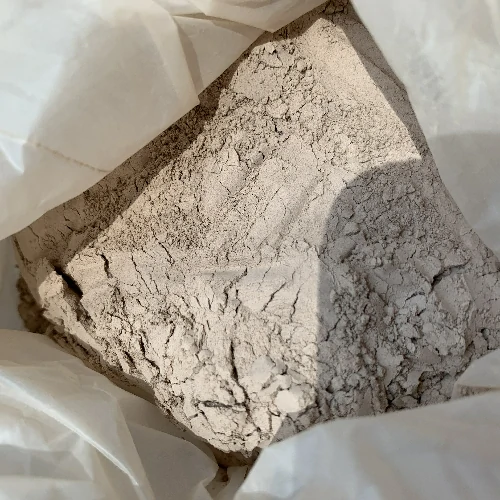What is the difference between refractory and heat-stop mortar?
When building a fireplace or fire pit, it’s important to use the right type of mortar for firebrick to ensure safety and durability.
Here are some options to consider:
Refractory mortar: Refractory mortar is specifically designed for use with firebrick and other refractory materials in high-heat applications. It can withstand temperatures up to 2,000 degrees Fahrenheit and has excellent bonding strength.
Heat-stop mortar: Heat-stop mortar is another option for use with firebrick and other high-heat materials. It can withstand temperatures up to 2,500 degrees Fahrenheit and has a strong, durable bond.
Air-set mortar: Air-set mortar is a type of refractory mortar that can be used with firebrick in low-heat applications, such as for the construction of outdoor fire pits. It is easy to work with and has a relatively quick drying time.
Hydraulic-setting mortar: Hydraulic-setting mortar is a type of refractory mortar that sets quickly and can withstand high temperatures. It is commonly used in industrial settings for the construction of boilers and furnaces.
When choosing a mortar for firebrick, it’s important to consider the specific application and temperature requirements. Refractory mortar and heat-stop mortar are the best options for high-heat applications, while air-set mortar and hydraulic-setting mortar may be suitable for lower-heat applications. Be sure to follow the manufacturer’s instructions for mixing and application, mortar for firebrick and allow the mortar to cure fully before exposing it to high temperatures.
Refractory mortar and heat-stop mortar are both types of mortar that are designed for use with high-heat applications, such as fireplaces, chimneys, and fire pits.
While they are similar in many ways, there are some key differences between the two:
Temperature range: Refractory mortar is designed to withstand temperatures up to 2,000 degrees Fahrenheit, while heat-stop mortar can withstand temperatures up to 2,500 degrees Fahrenheit. This makes heat-stop mortar a better option for extremely high-heat applications.
Bonding strength: Refractory mortar has excellent bonding strength and can form a strong bond between firebrick and other refractory materials. Heat-stop mortar also has good bonding strength, but may not be as strong as refractory mortar.
Drying time: Refractory mortar has a longer drying time than heat-stop mortar, which can make it more difficult to work with. Heat-stop mortar dries more quickly, which can be beneficial for large projects or projects with time constraints.
Composition: Refractory mortar is typically made from a blend of cement, silica sand, and fireclay, while heat-stop mortar may contain additional materials such as calcium aluminate cement.
When choosing between refractory mortar and heat-stop mortar, it’s important to consider the specific application and temperature requirements. Heat-stop mortar may be a better option for extremely high-heat applications, while refractory mortar may be more suitable for applications where bonding strength and workability are important factors. Be sure to follow the manufacturer’s instructions for mixing and application, and allow the mortar to cure fully before exposing it to high temperatures.
